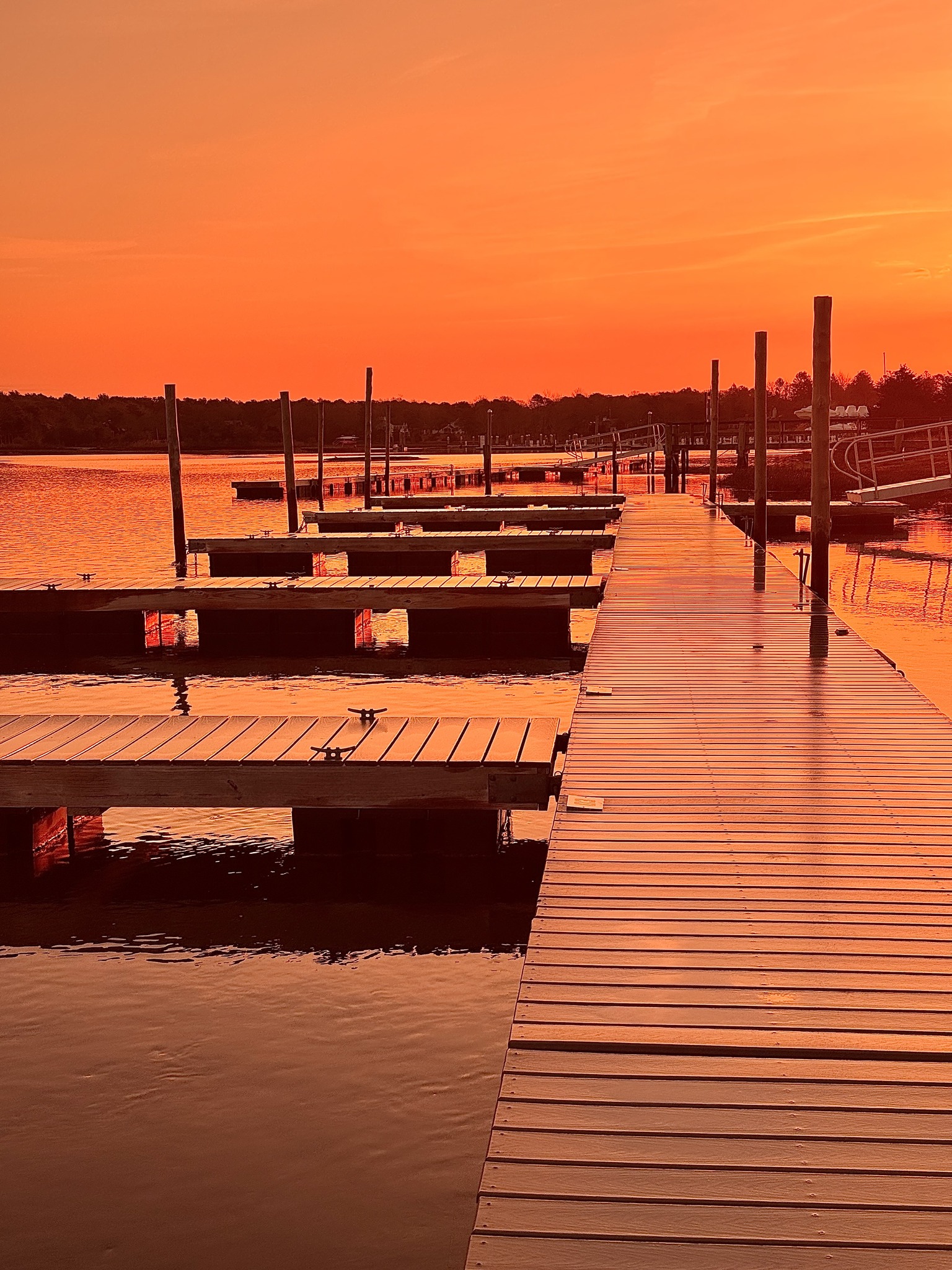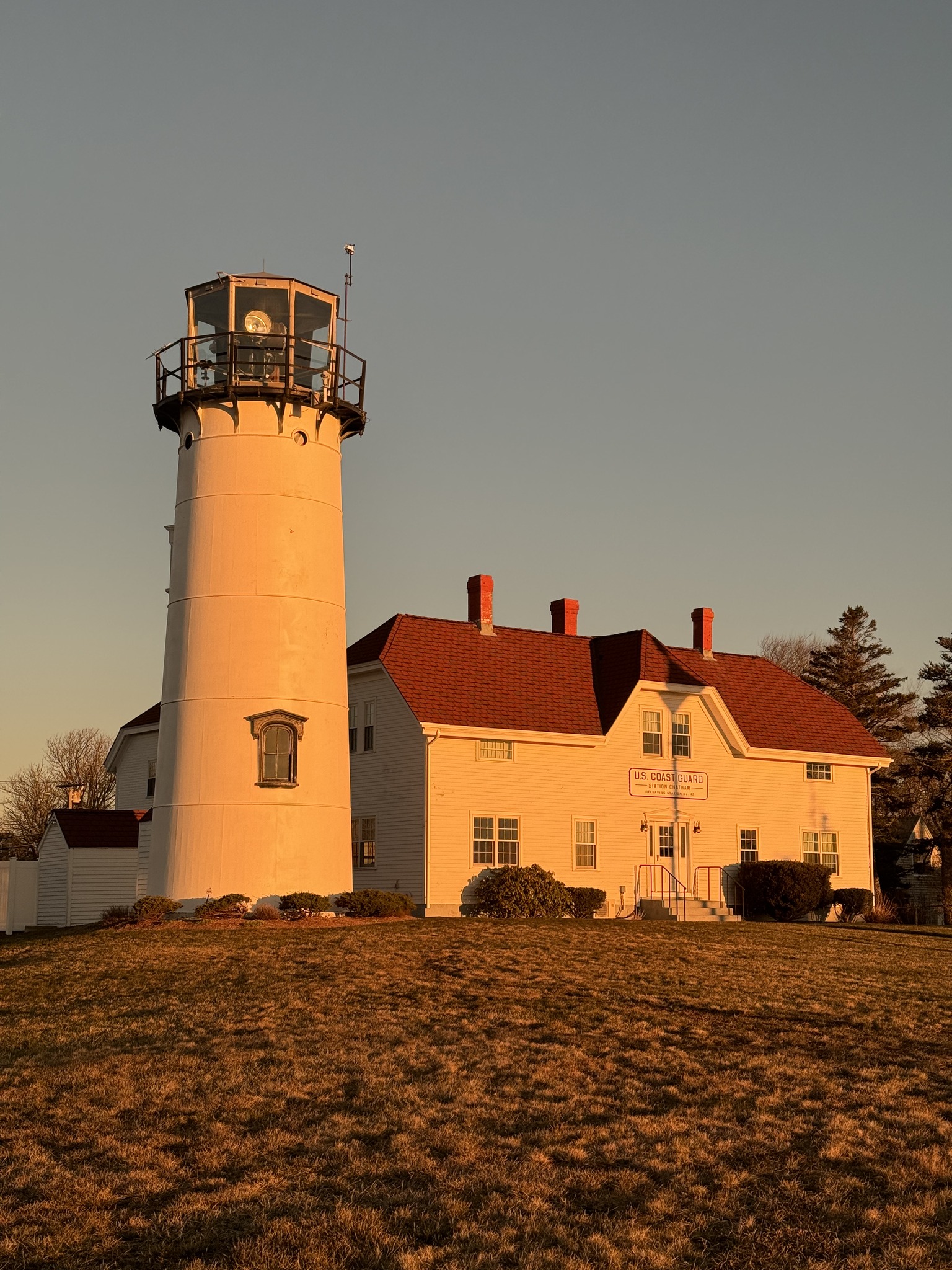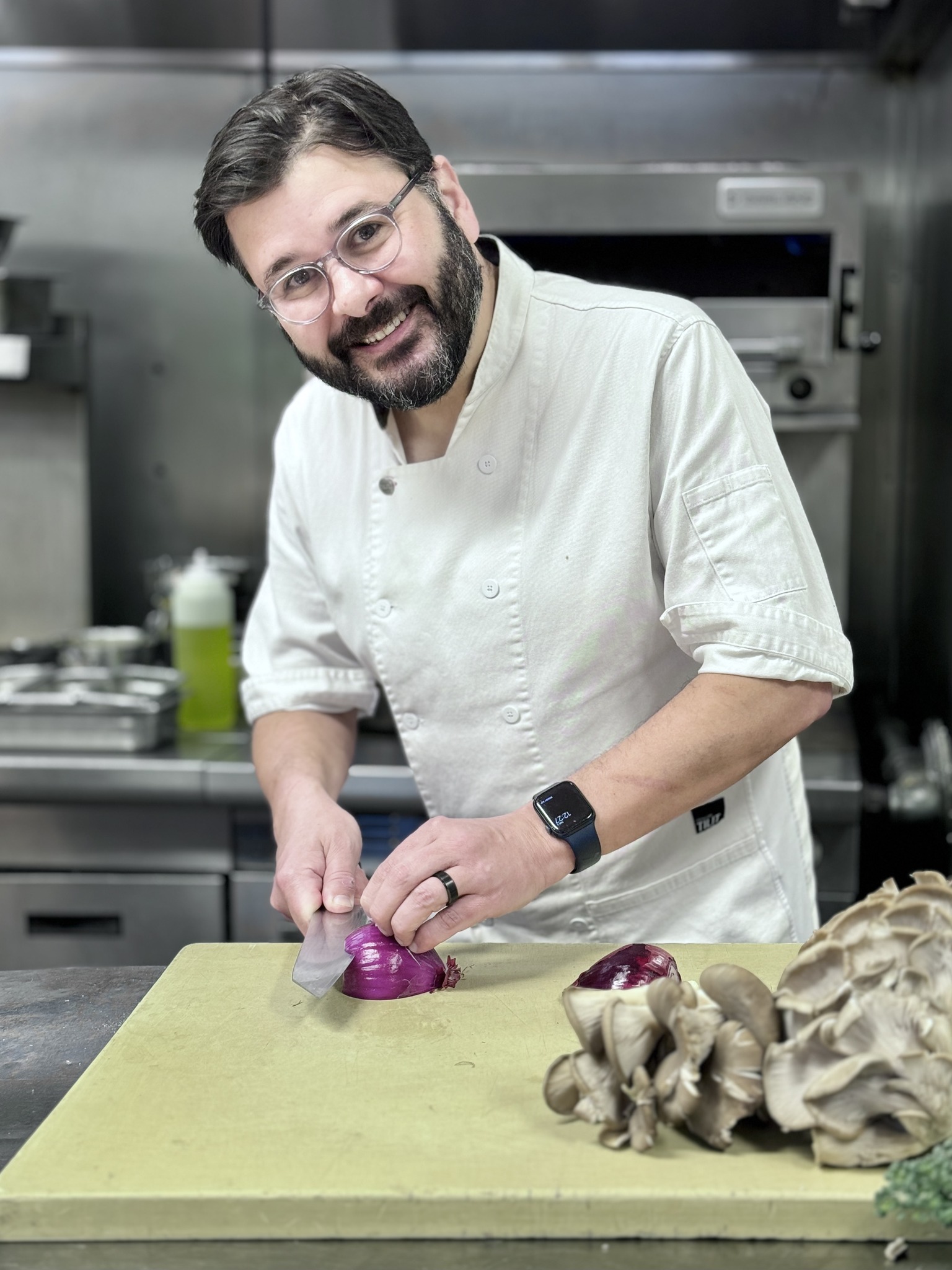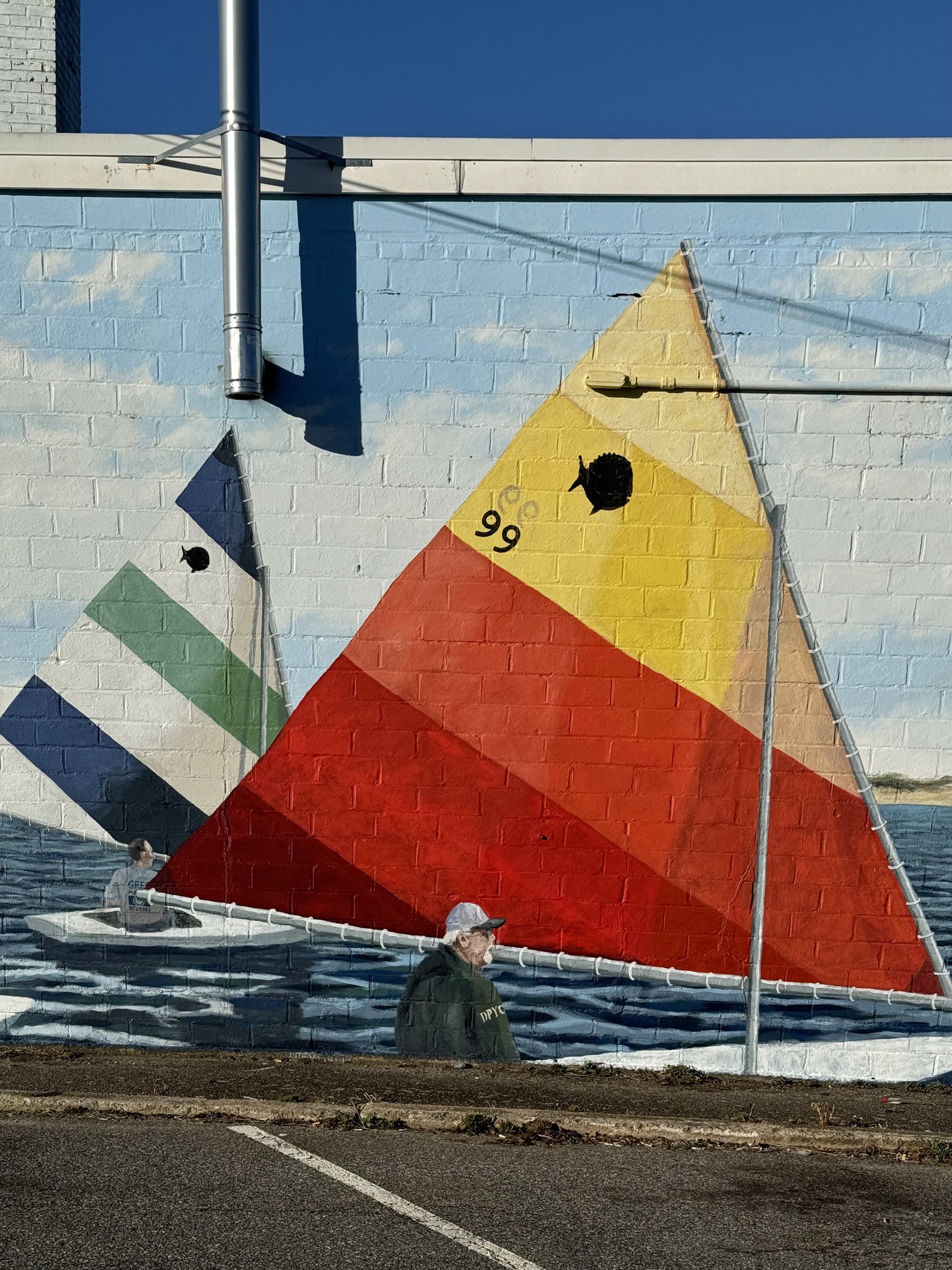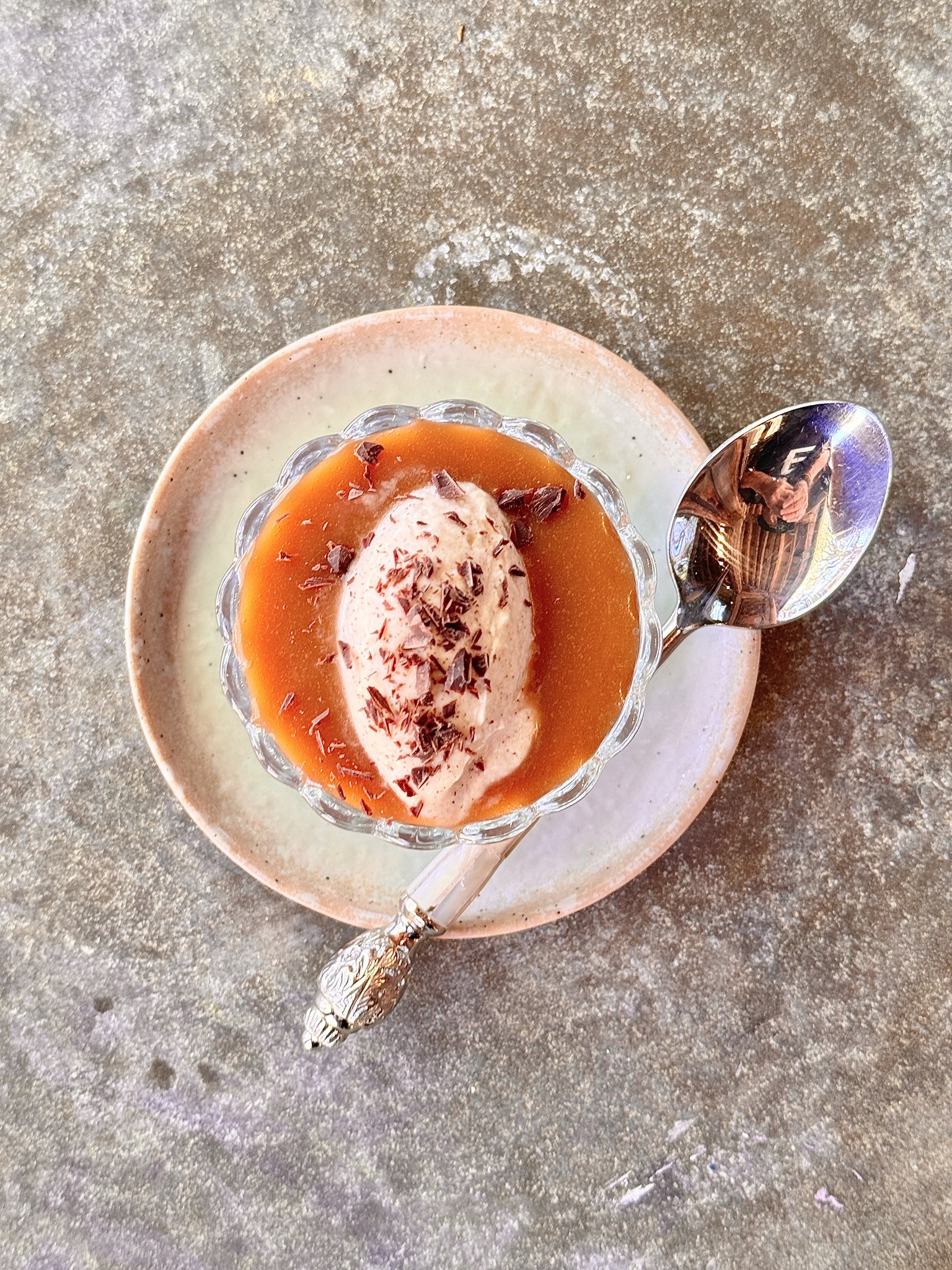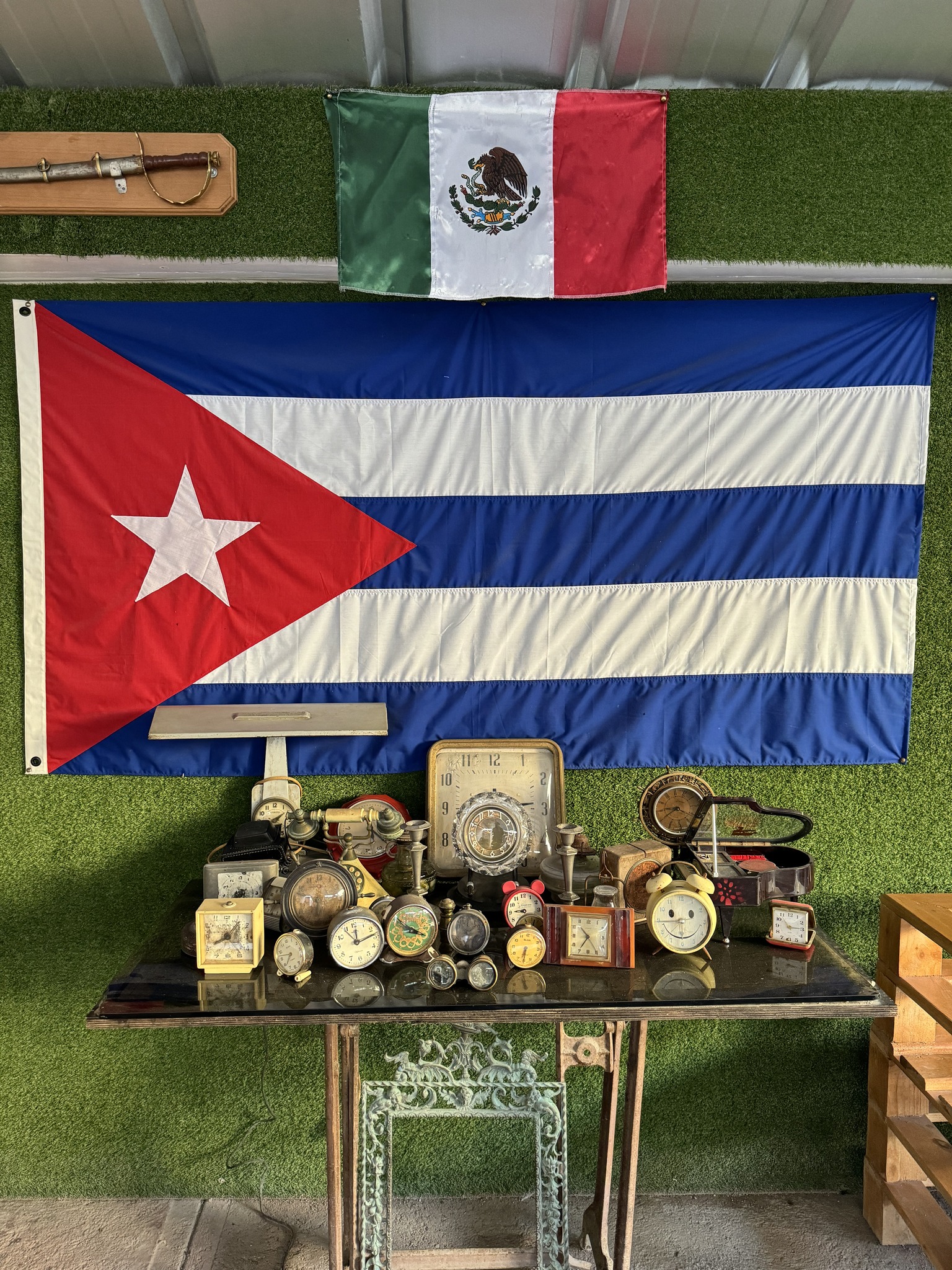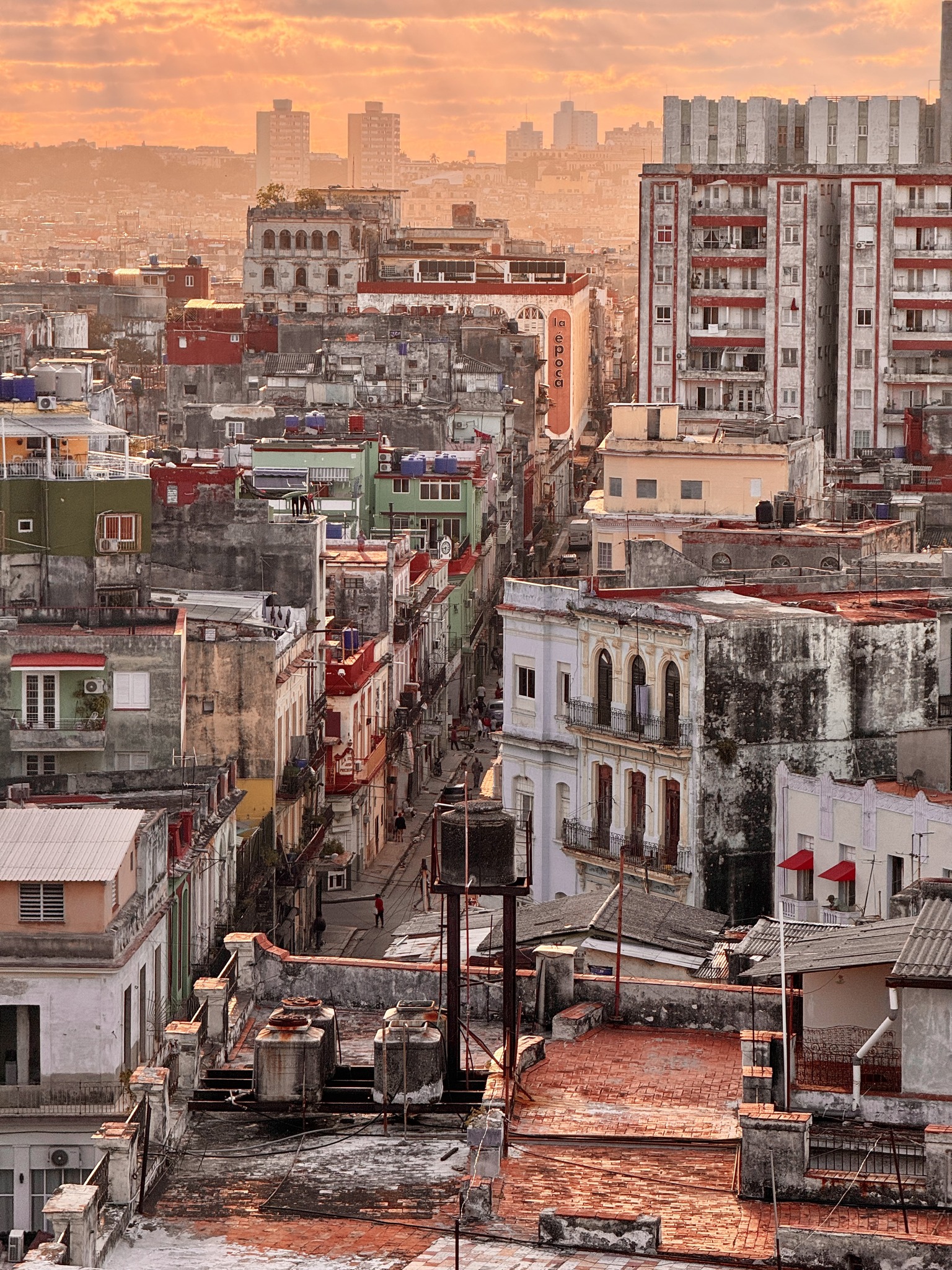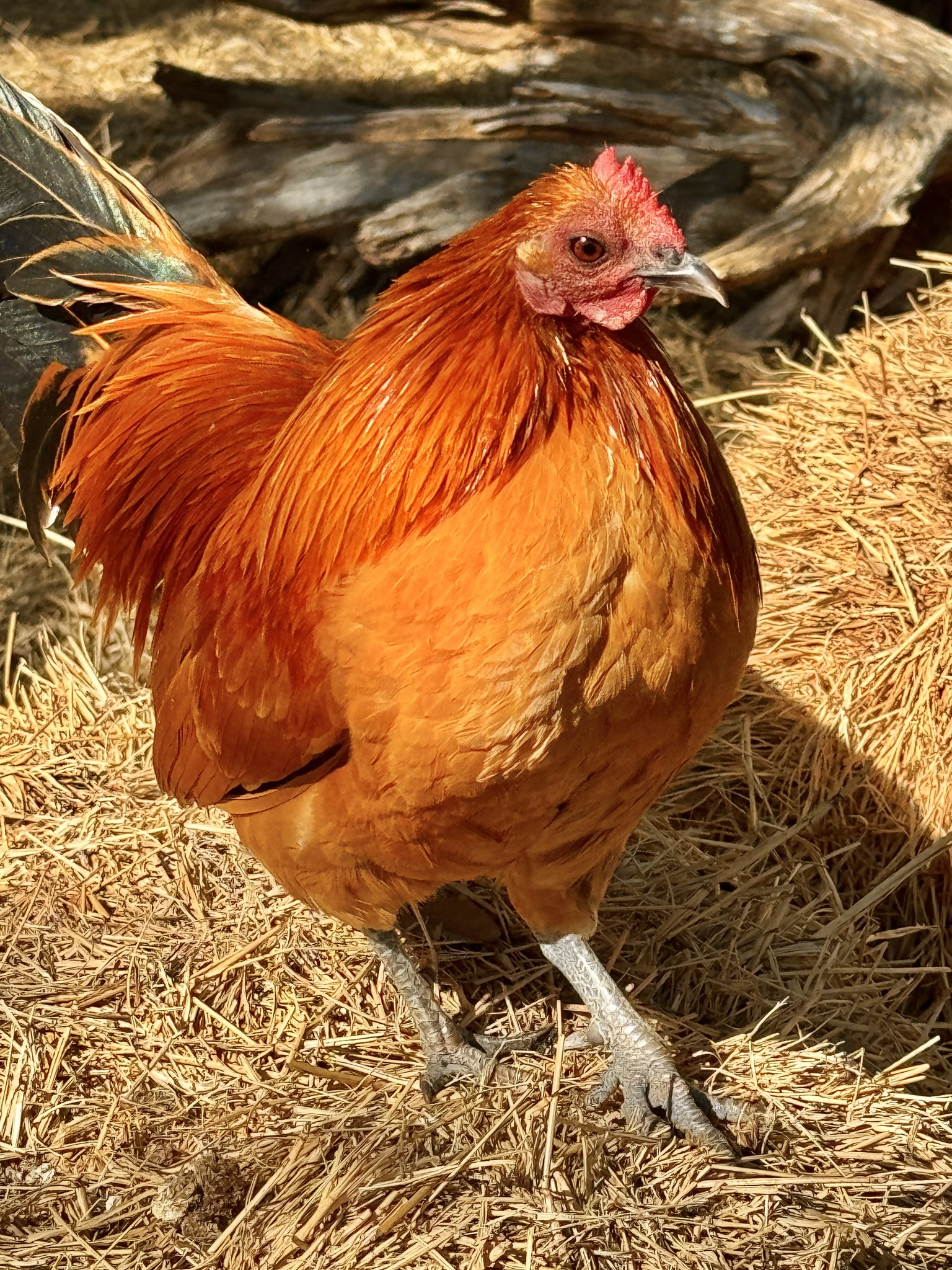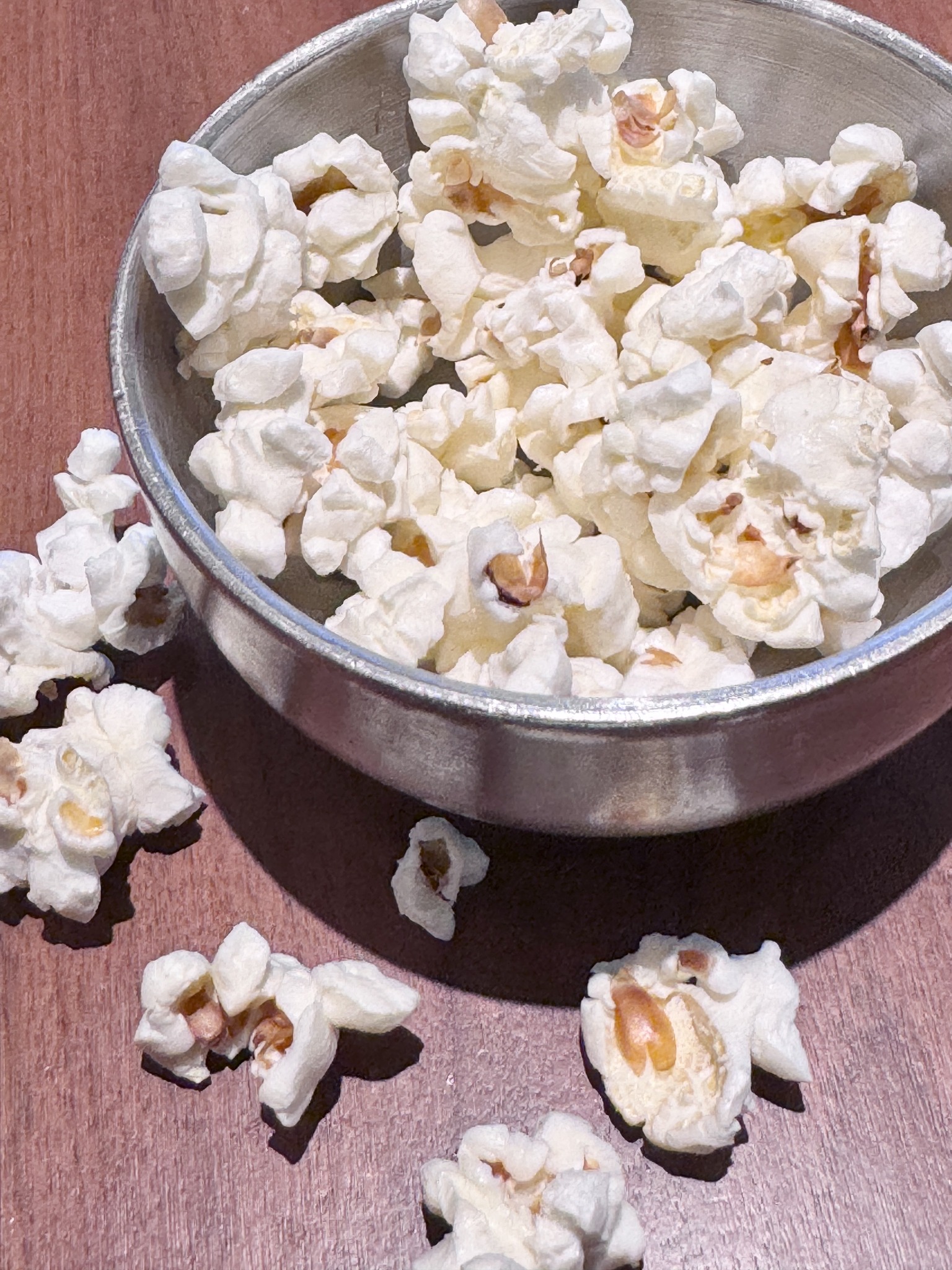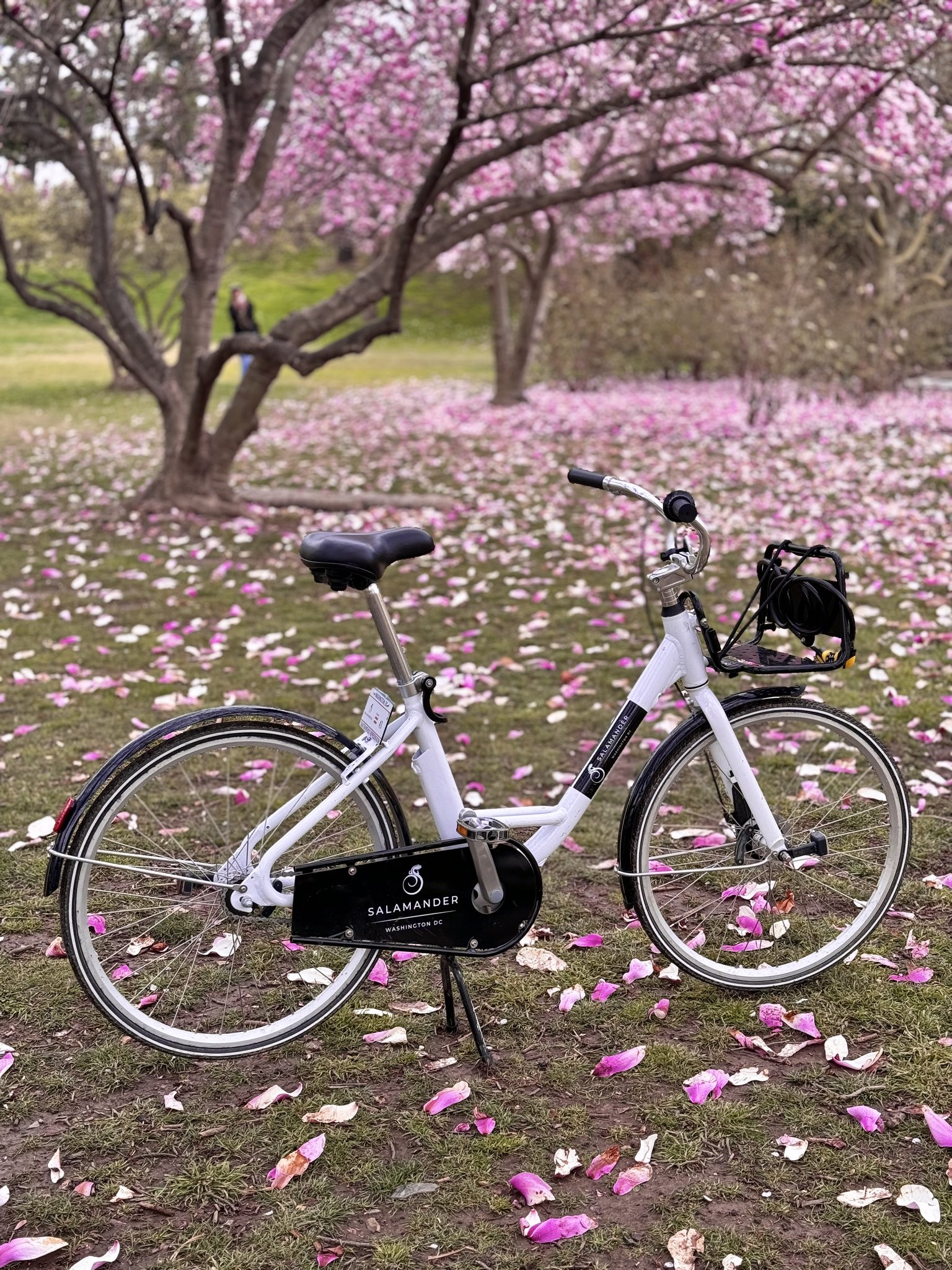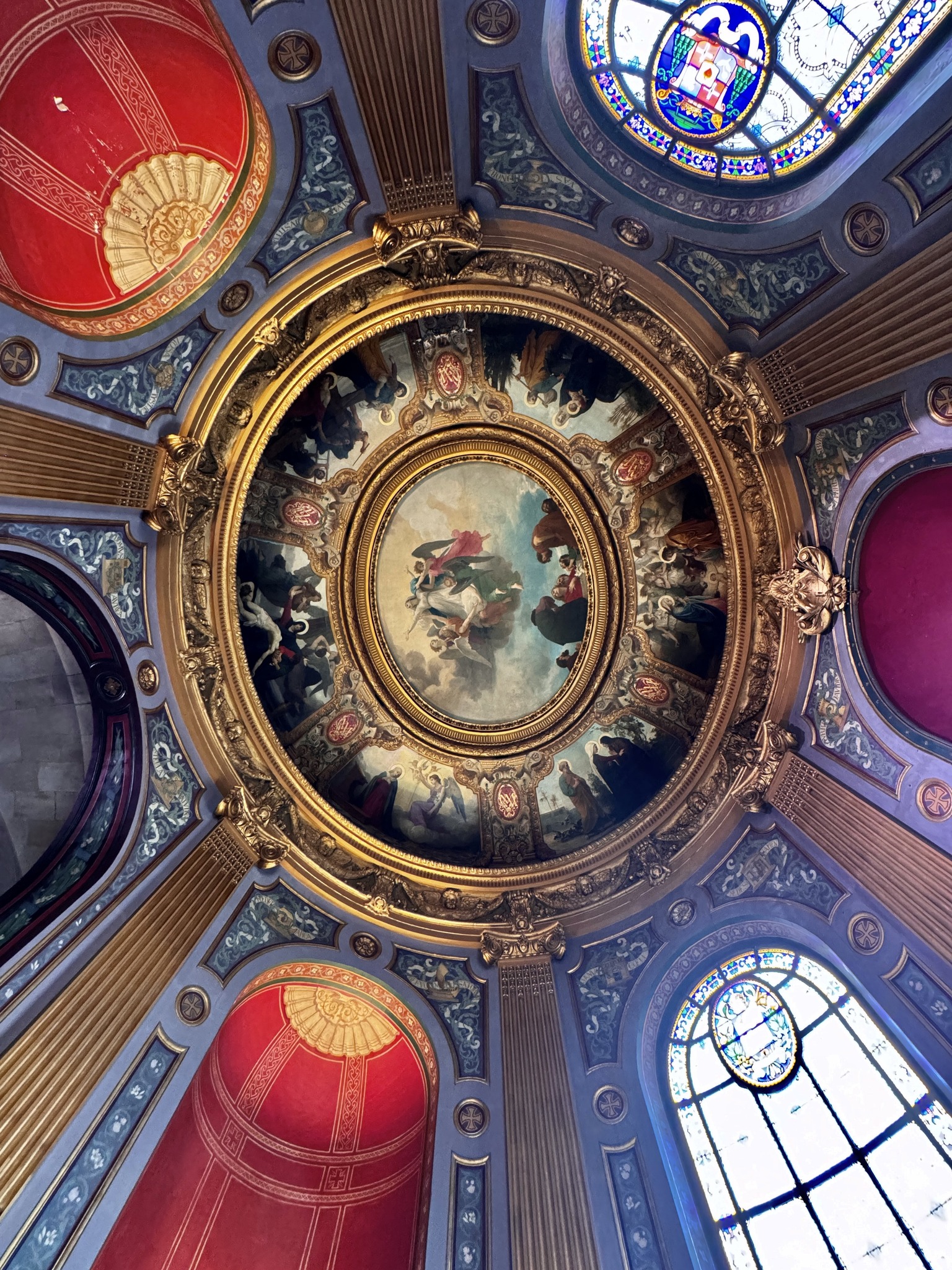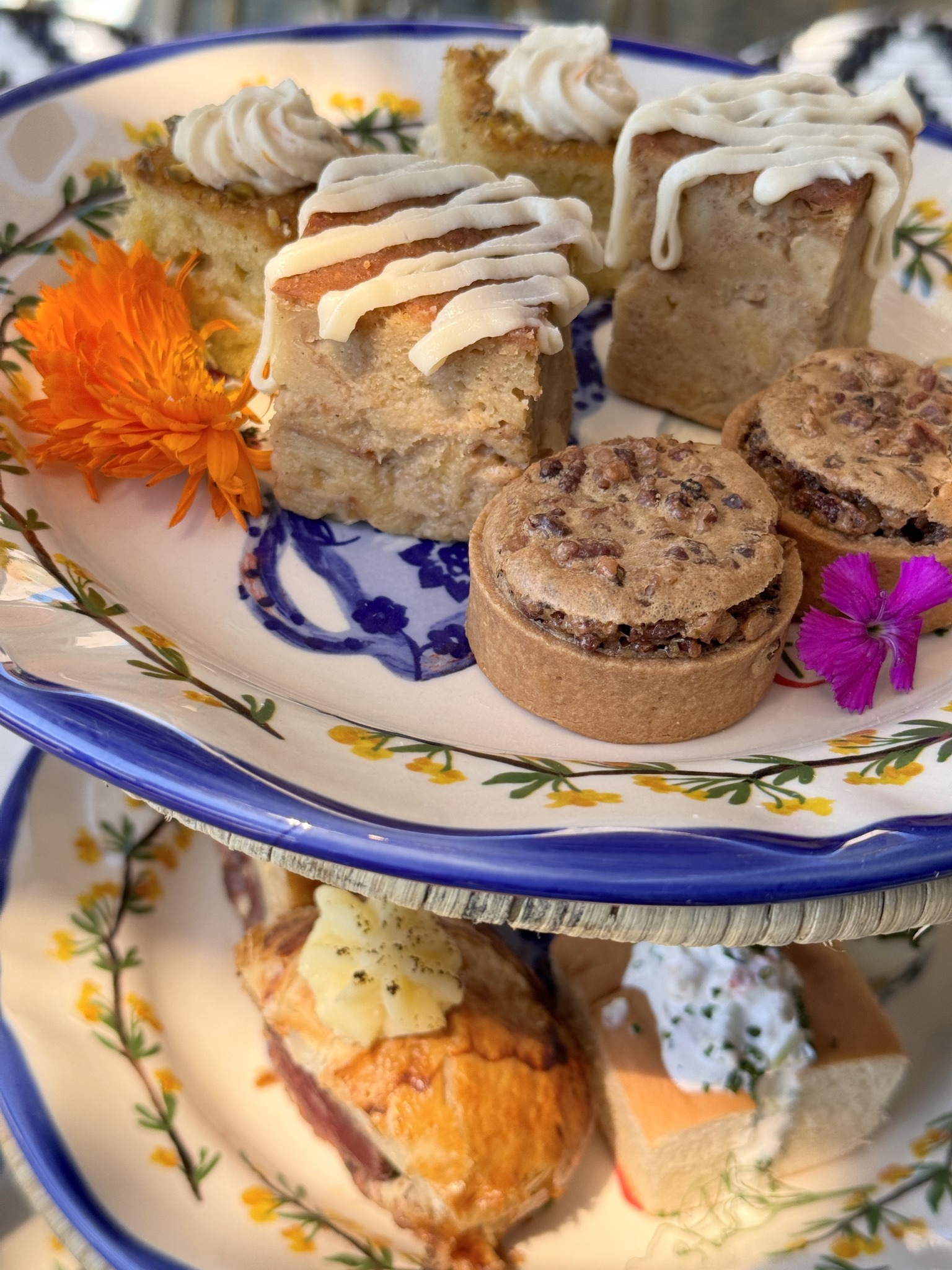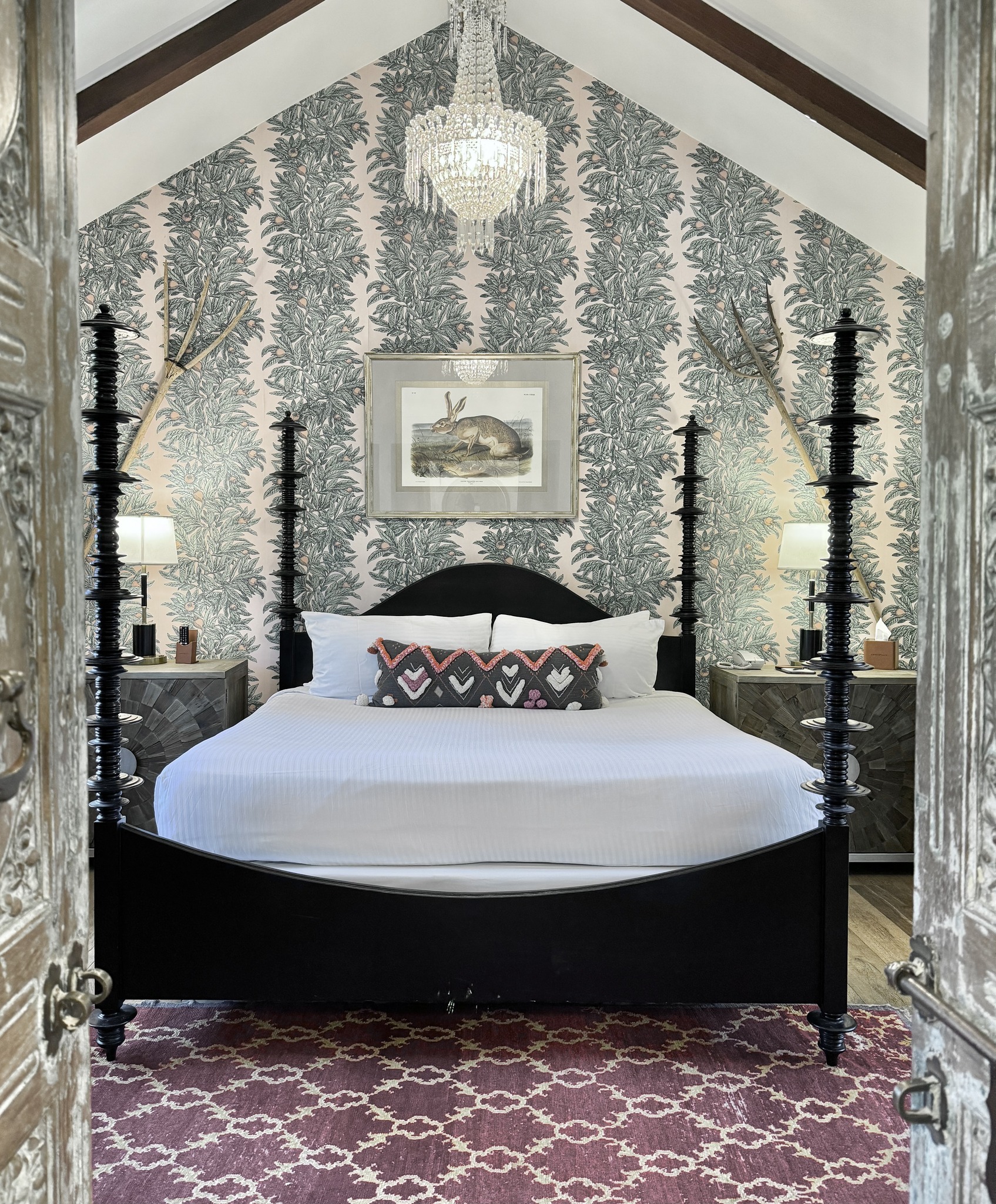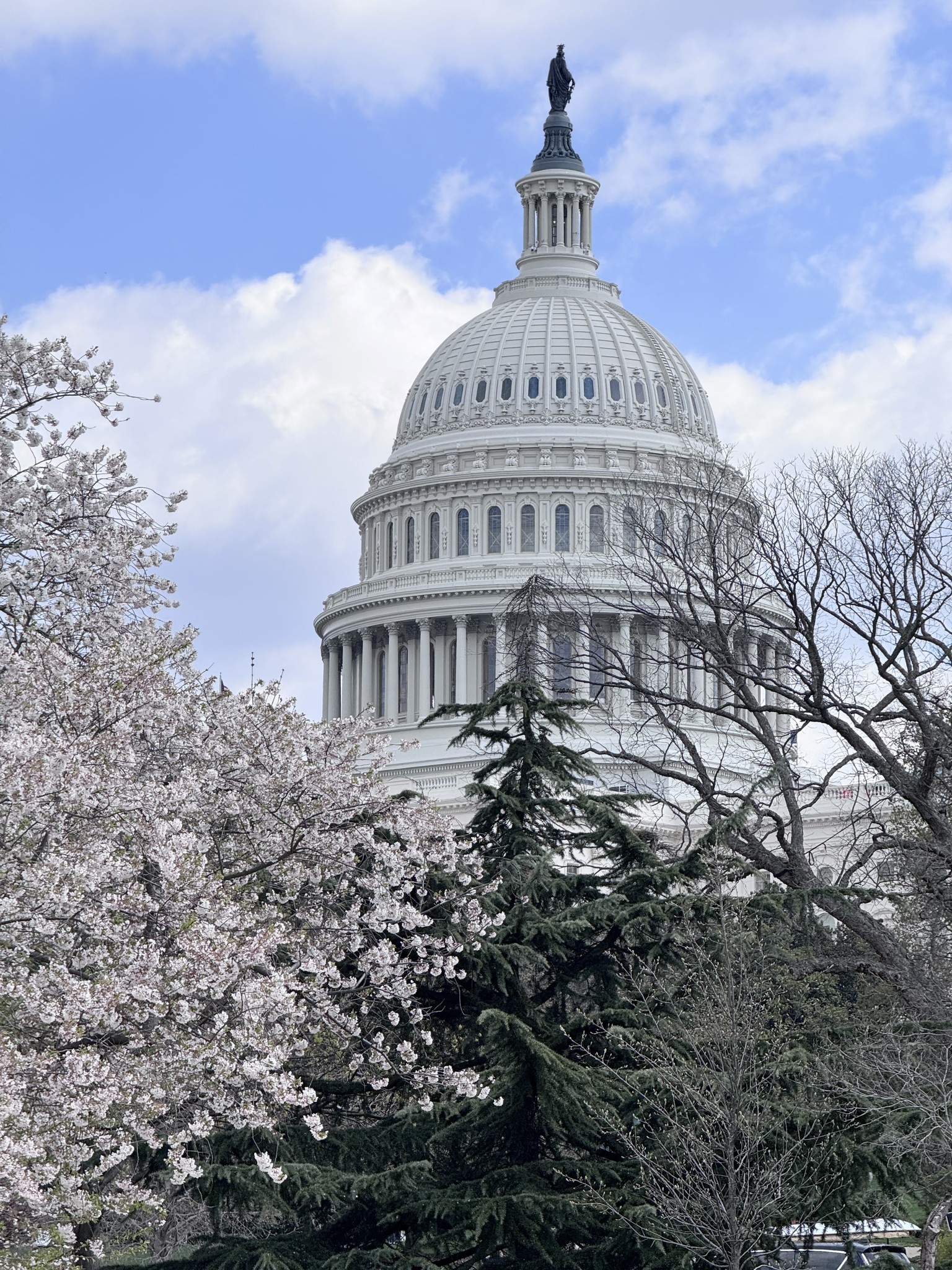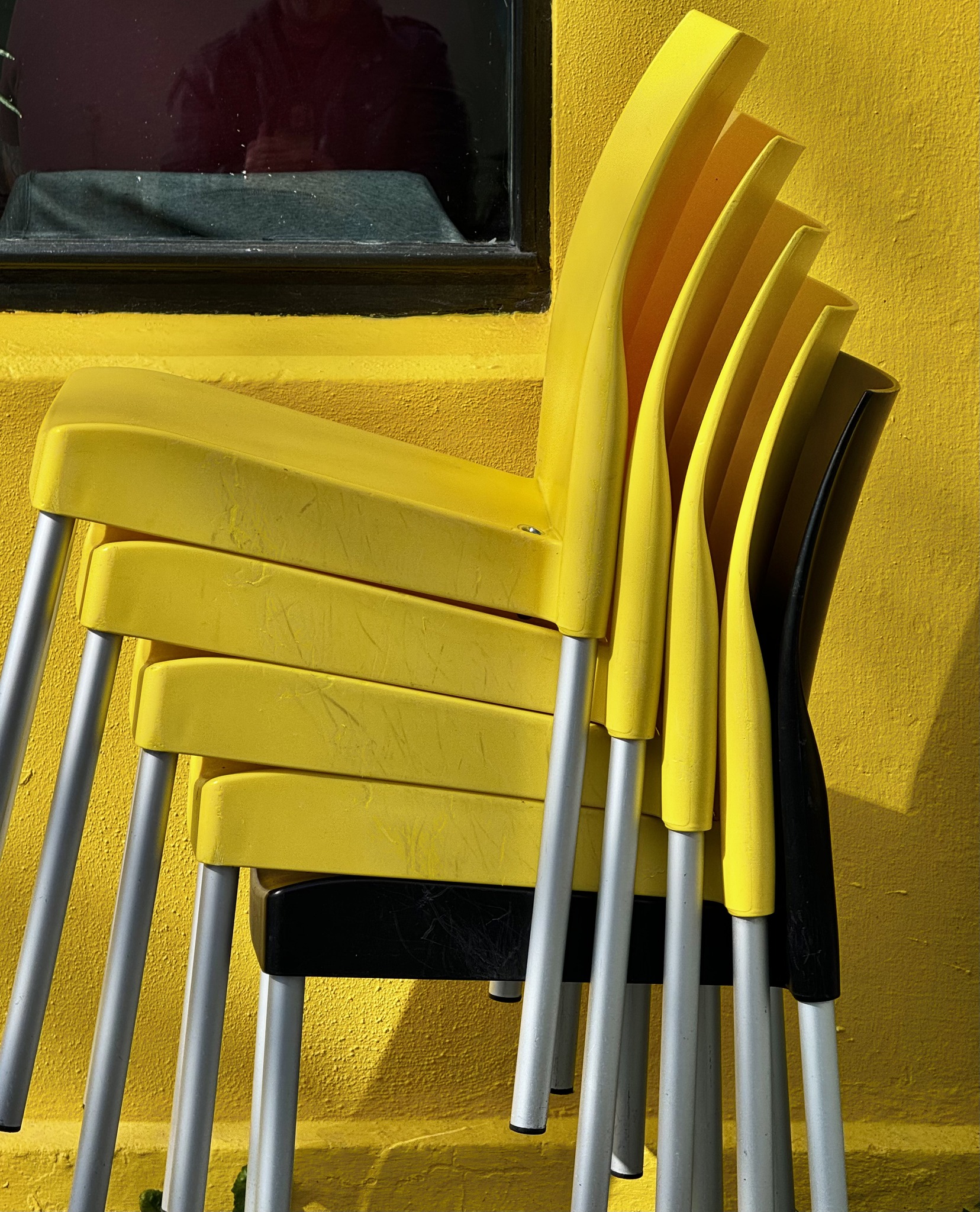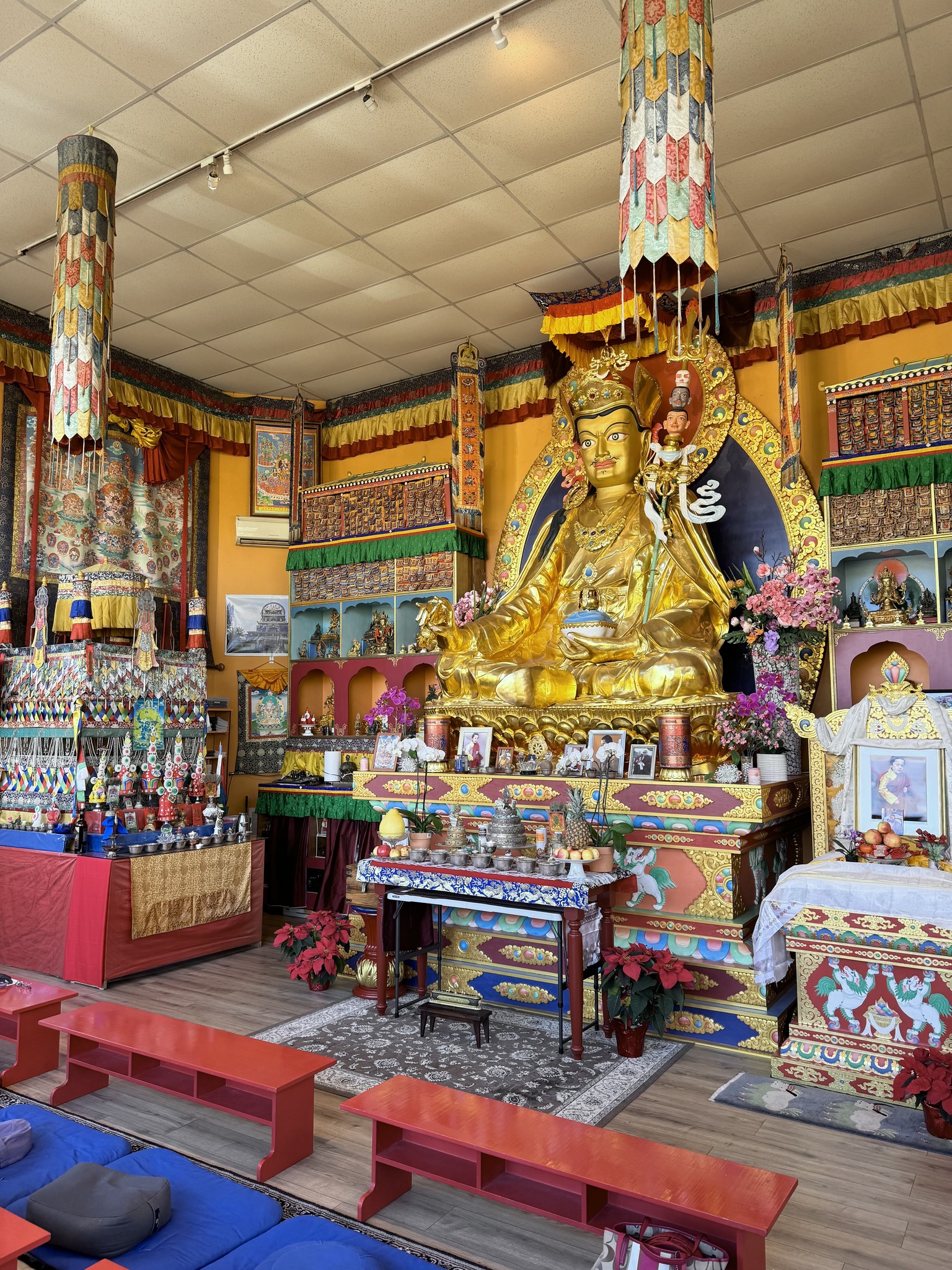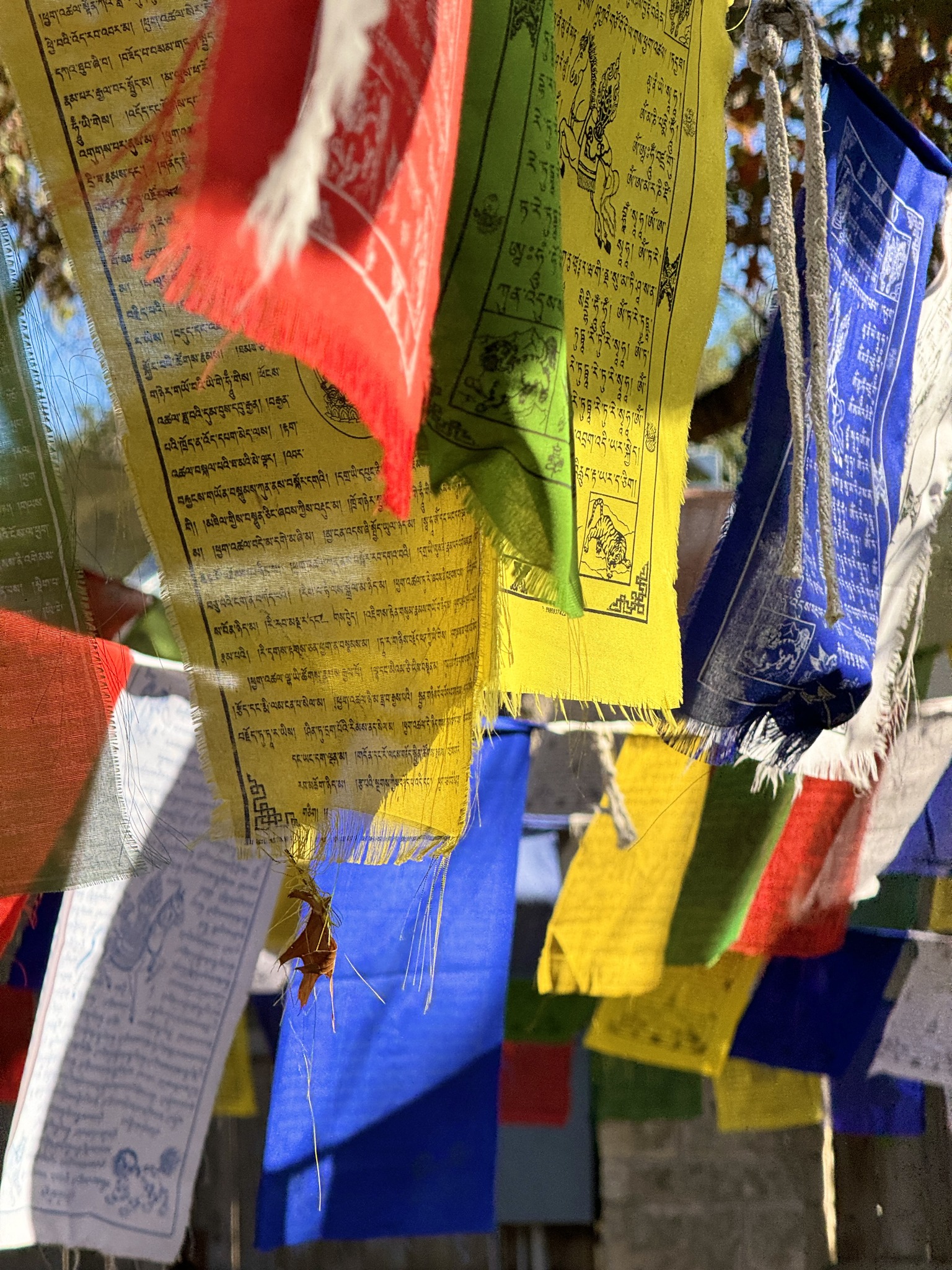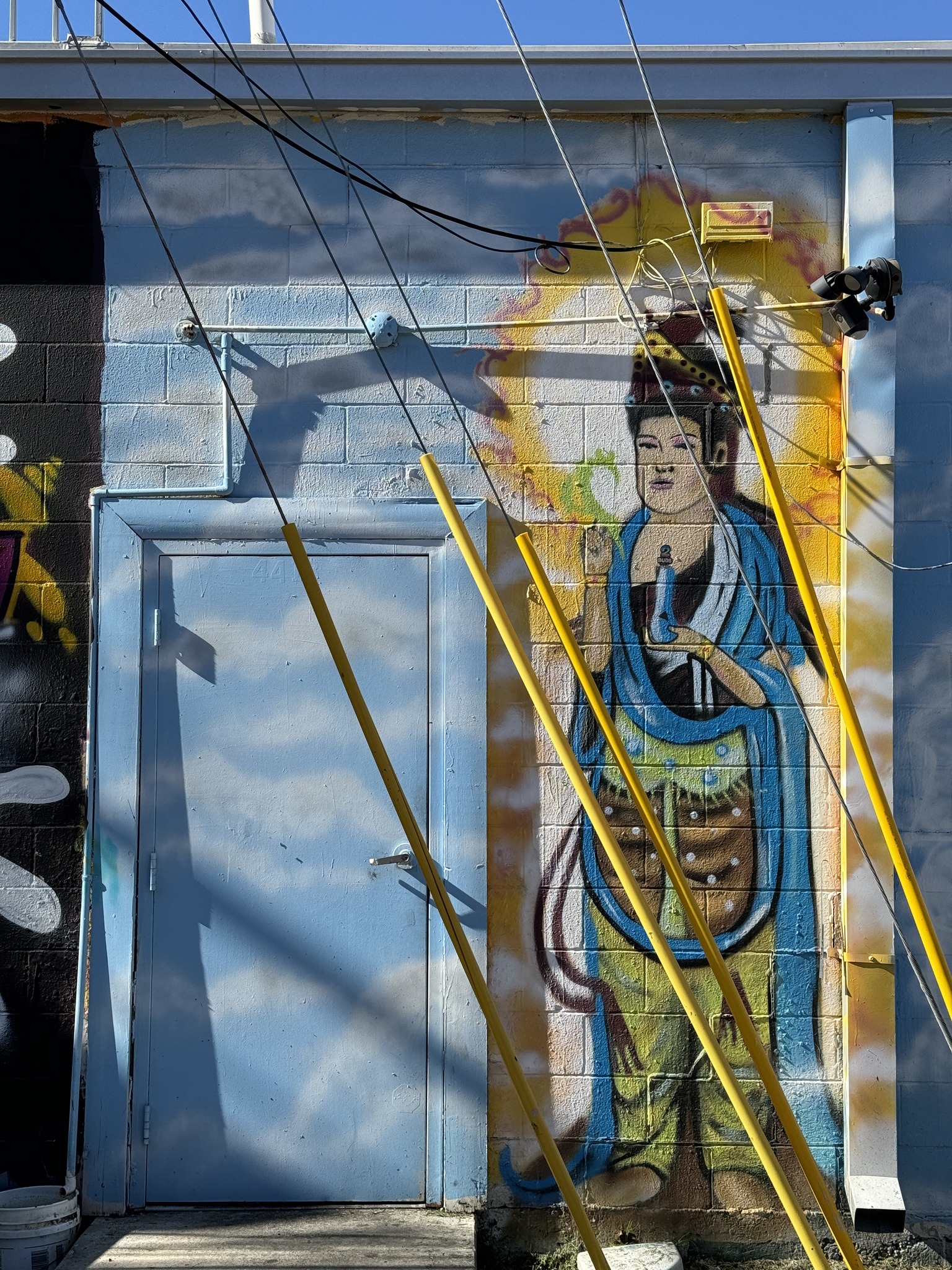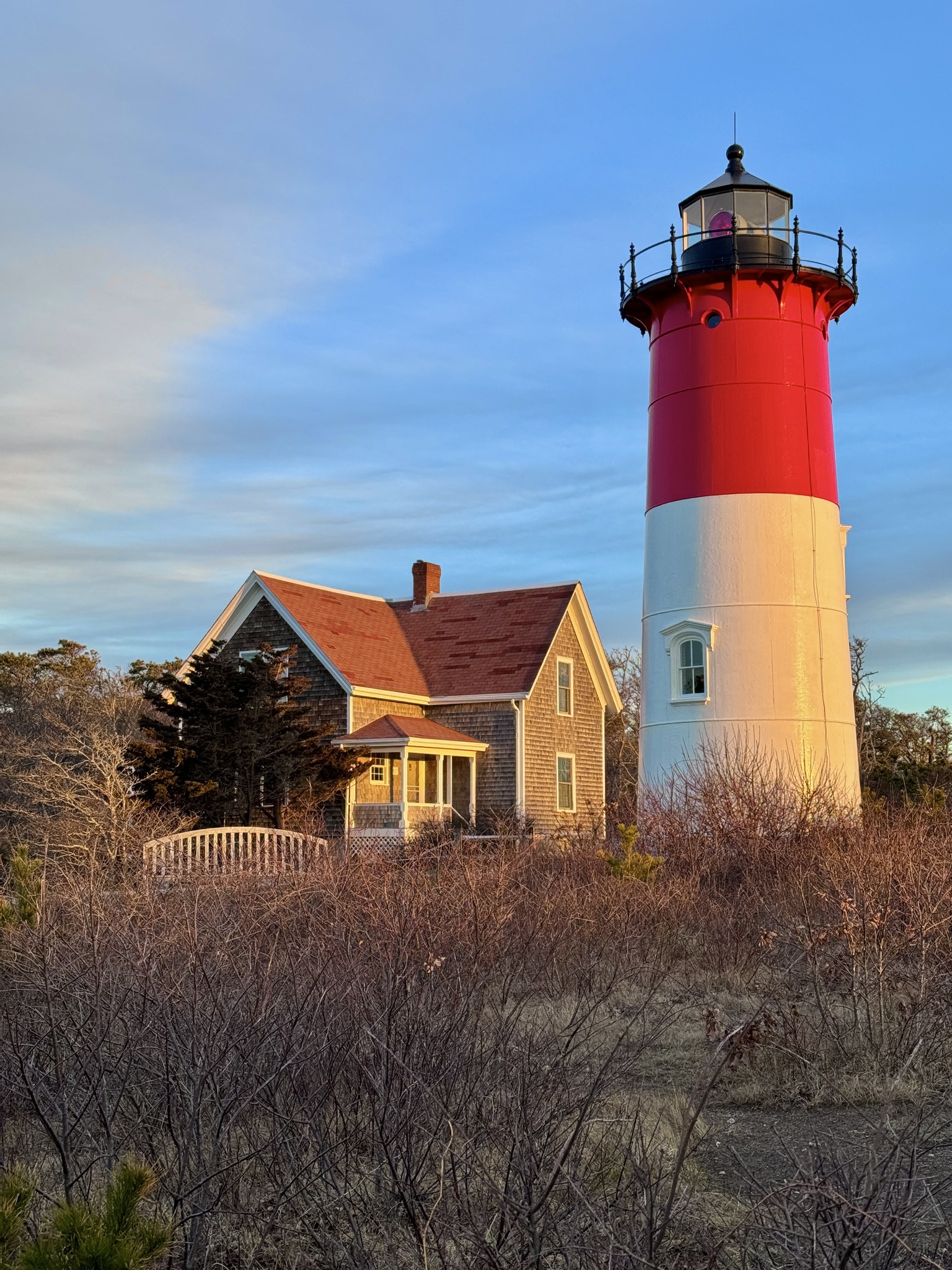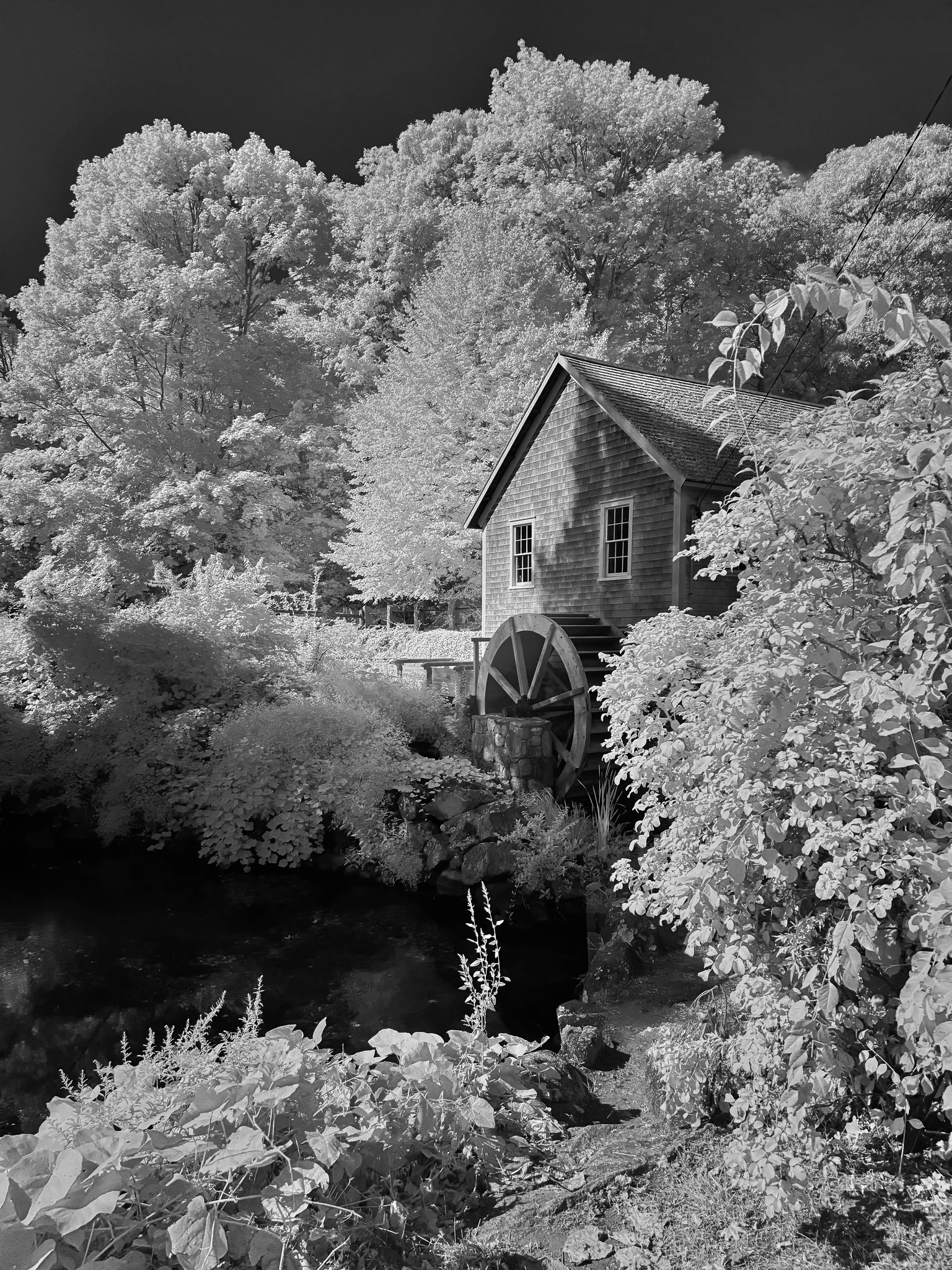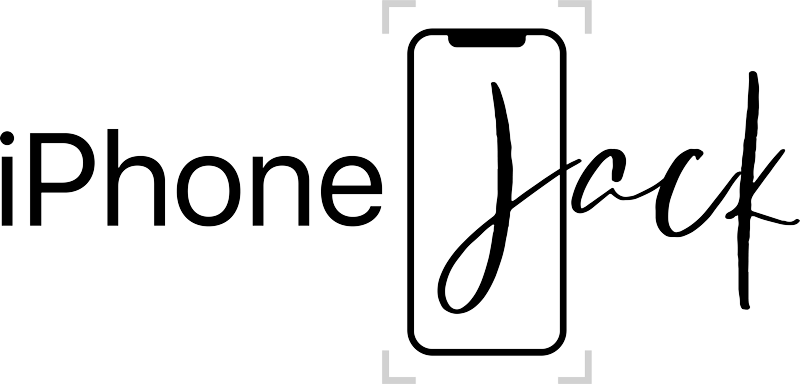I’ve spent over four decades behind a camera. From the darkroom to digital, from DSLRs to iPhones, I’ve witnessed firsthand the transformation of tools that we, as photographers, hold in our hands. And here’s the truth:
Yes, tools matter. They matter a lot.
They shape our process. They expand our possibilities. They help us speak our visual language. But let’s not get confused. Tools, no matter how sophisticated, are still just tools. They don’t see. They don’t feel. They don’t compose, or light, or wait for just the right moment to press the shutter. We do that.
Let’s zoom out for a minute. Historically, some of the greatest artists of all time were also meticulous craftsmen of their tools.
Leonardo da Vinci sketched with silverpoint on prepared paper, each mark precise, deliberate. Michelangelo shaped his vision from marble with chisels and mallets. Van Gogh laid down thick swaths of oil paint with palette knives, a technique called impasto that made his emotion tactile. Rembrandt mastered light and shadow using oil and a technique known as chiaroscuro. Picasso, ever the innovator, wielded everything from gouache to charcoal to house paint. Frida Kahlo transformed personal pain into colorful symbolism with traditional Mexican folk art tools.
These artists weren’t defined by their tools, but they knew them intimately. They respected them. And they bent them—stretched them—into extensions of their vision.
The same is true today.
I’ve been in enough rooms, boardrooms and backrooms, to know that photographers and visual storytellers can be obsessed with gear. Lens this. Sensor that. Megapixels. ISO ranges. Computational tricks. And sure, some of those discussions matter—especially in commercial work. But if we aren’t careful, we start worshiping the brush instead of the hand that guides it. We give credit to the camera instead of the eye behind it.
Photography is not about the tool—it’s about the seeing.
It’s about how we arrange the world in front of us and frame it in such a way that it tells a story, evokes a mood, preserves a feeling. The camera doesn’t know what it’s pointing at. It doesn’t care. It reacts. We respond.
I’ve built a career, a brand, and a body of work rooted in iPhone photography. Not because I think the iPhone is better than every other camera out there (though I’d argue it’s certainly the best phone camera on the market), but because it’s enough. More than enough. And because it’s the most accessible, intuitive, and personal photographic tool I’ve ever held.
Let me put it plainly: the iPhone in your hand is more powerful than the film cameras I learned on. It’s got a built-in darkroom. It sees in low light. It shoots cinematic video. It captures details your eye might miss. But that’s not what makes iPhone photography magical. What makes it magical is what you do with it.
It’s how you see light hitting a face.
It’s how you notice leading lines in an alleyway.
It’s how you frame a still life out of roadside clutter.
It’s how you wait, just a breath longer, for a moment to fully unfold.
All of that? That’s you—not the phone. You make the photo.
I’ve taught thousands of people—from cruise ship adventurers to photojournalists, from everyday enthusiasts to professional content creators—and here’s what I always say:
The better you get at seeing, the less you’ll obsess over gear.
Because the more you train your eye to spot light, gesture, story, composition, and mood, the less you’ll blame your camera for your photos not turning out the way you want. And that’s a hard truth for some. Gear is a convenient scapegoat. But it’s rarely the issue.
If we’re being honest, most people don’t need better tools. They need better habits of seeing.
That’s why I’ve built my entire iPhoneJack brand around the idea of presence, simplicity, and lyrical beauty. My mission isn’t to impress you with specs or gear lists (though yes, I do have a few go-to apps, lenses, and accessories). My mission is to help you fall in love with seeing again.
To walk slower.
To look longer.
To feel more.
To be open to wonder.
Because that’s where great photography lives. Not in the megapixels. Not in the editing app. Not in your fancy new case or lens attachment. But in the act of being fully present to what’s around you.
That’s the secret sauce. That’s the alchemy. That’s where the joy is.
So yes, I’ll teach you how to use the iPhone’s ‘Tap to Focus’ to isolate your subject. I’ll show you how to lock exposure and shoot RAW. I’ll demo lenses from Reeflex and tripods that weigh less than a cup of coffee. Tools matter. But I’ll never let the tool take the credit for the photo.
And neither should you.
The next time you find yourself scrolling online thinking, If only I had that camera, stop and ask yourself: Have I given my current tool the full measure of my attention and effort?
Because the truth is, every tool—historical or modern—is just a means to an end. It doesn’t matter if it’s a palette knife, a fountain pen, a chisel, or an iPhone 16 Pro Max. The real magic is what you bring to it.
So pick up your phone. Step outside. Watch how the light lands. Wait for the wind to move the grass. Frame the ordinary like it’s extraordinary. Because it is.
And then shoot.
Shoot like it matters.
Shoot like it’s your first day holding a camera.
Shoot like it’s your last.
Because the world doesn’t need more people obsessed with tools.
It needs more people obsessed with seeing.
Click.
Jack
